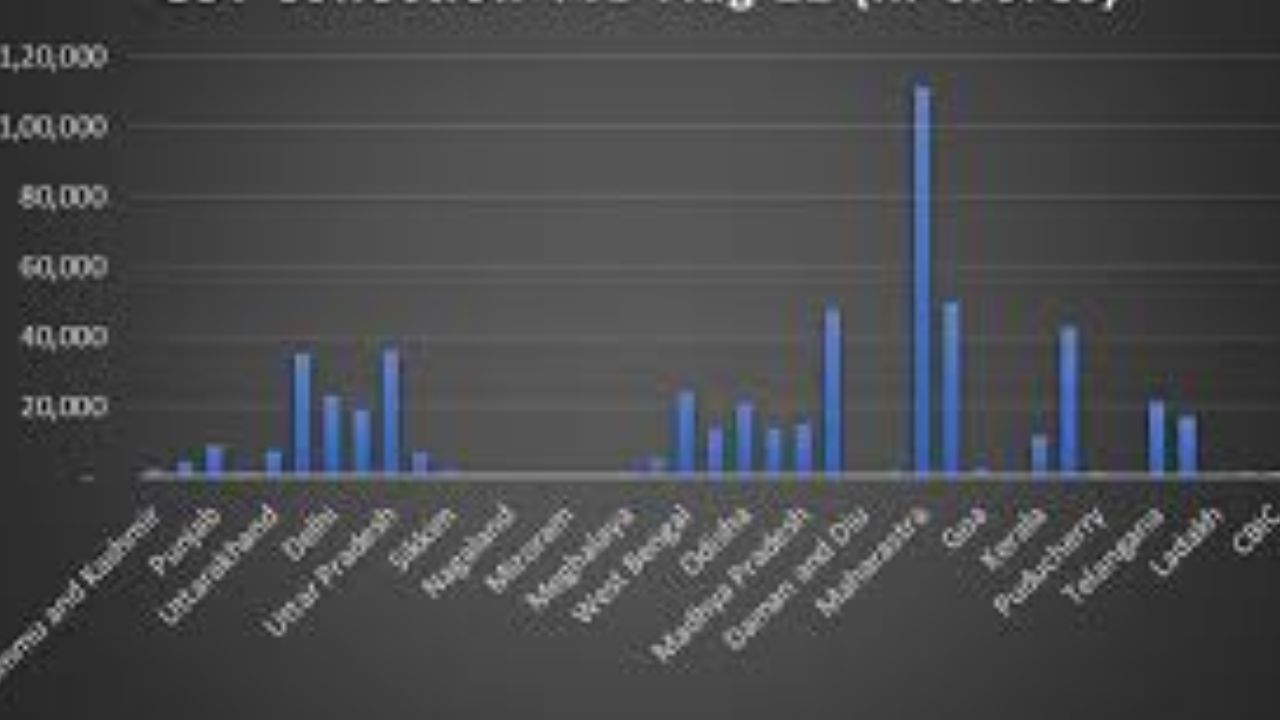GST: History, Definition | Goods and Services Tax Benefits, Types, Registration Process
A single tax known as GST is applied to the supply of goods and services from the manufacturer to the customer. GST is essentially a tax only on value addition at each level because credits of input taxes paid at each stage will be available in the following stage of value addition.

ABOUT GST: GST stands for “Goods and Services Tax,” which applies to the supply of goods and services (GST tax). The comprehensive, multi-stage Goods and Services Tax Law, which depends on the destination, applies to every value addition in India. The entire country is governed by a single domestic indirect tax regime known as the GST. Under the GST system, the tax is collected at each point of sale.
GST IN INDIA
In the year 2000, a committee was set up to form a law on GST which is when the journey of GST began in India. It took 17 years later for the Law to change. In 2017, the GST bill got approval from both the Lok Sabha and Rajya Sabha. The GST Act took effect on July 1st, 2017.
Read Also~JioMart- Journey, Features & Company Profile
BENEFITS OF GST
The advantage of GST is that several indirect levies that were in force under the former tax system have been replaced by the GST. The benefit of a single tax is that each state applies the same rate to a specific good or service. Since the central government sets the tax rates and regulations, tax administration is made simpler. Some of the basic laws like electronic-way acts for transportation of goods and transaction report electronic-invoicing can be introduced.
Taxpayers are not burdened with numerous return forms and deadlines, which improves tax compliance. It is an integrated method for complying with indirect taxes overall. Eliminating the cascading effect of taxes was one of the main goals of the GST.

In the past, taxpayers were unable to offset the tax credits from one tax against another due to disparate indirect tax legislation. For instance, the VAT due during the sale may not be offset by the excise charges paid during manufacture.
Due to this, input tax credits for both products and services are now flowing smoothly and the cascading effect of taxes has been reduced.
BASIC KNOWLEDGE OF GST
The Goods and Services Tax (GST) is a single tax system, to start with. This tax is imposed jointly by the state and the federal government. Additionally, the imposition follows a federal council’s suggestion. In the GST, there are five separate tax slabs for goods and services. Electricity, alcoholic beverages, and petroleum items are also exempt from the GST.
Read Also~Zomato Limited: History, Stock Price/Stock Price NSE/BSE
The special rate for rough precious and semi-precious stones is 0.25 percent. Additionally, a special rate of 3% is applied to gold. The GST undoubtedly absorbed several taxes and levies. These include additional customs duty, services tax, and central excise charge.
